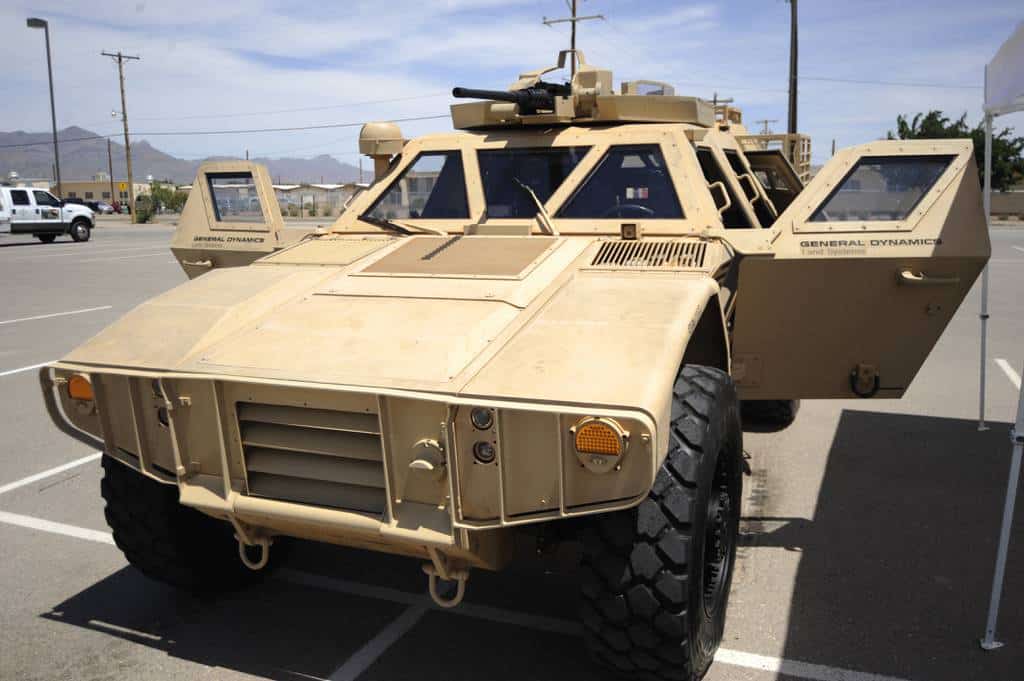Providing 100% carbon pollution-free electricity by 2030, a fleet of field purpose-built, hybrid-drive tactical vehicles by 2035 and the launch of Electric Light Reconnaissance Vehicle’s first prototype in 2023 are among the goals outlined by the Army’s first Climate Strategy in their plans to adapt to the effects of changing weather.
Natural disasters and extreme weather come as a real threat to the national security and US Army installations. The services strives to bolster its installations against these dangers and also to reduce consumption of electricity and natural resources with the help of electric and hybrid vehicles.
While challenging, one of the main pillar in the US Army is to develop the capacity to recharge electric combat vehicles in austere environments. They looked for solutions around hybrid vehicle propulsion and power generating systems to fully incorporate the capabilities into their fleet.
The service strives to produce carbon pollution reduction solutions after being self aware about producing 4.1 million tons of carbon dioxide and other pollutants into the atmosphere in 2020.
“The strategy outlines three lines of effort:
1. enhancing installation resilience and sustainability by adopting the Army’s infrastructure and natural environments to climate change’s risks, including reducing greenhouse gas emissions while securing access to training land. Secretary of the Army Christine E. Wormuth: “The Army will mitigate and adapt to climate change, and in doing so gain a strategic advantage, especially as we continue to outpace our near-peer competitors.”
2. Tactical self-sufficiency through the increase of the operational capability while conversely reducing sustainment demand and strengthening climate resistance
3. training soldiers for operations amid the impacts of climate change (relief efforts in the aftermath of hurricanes)
















